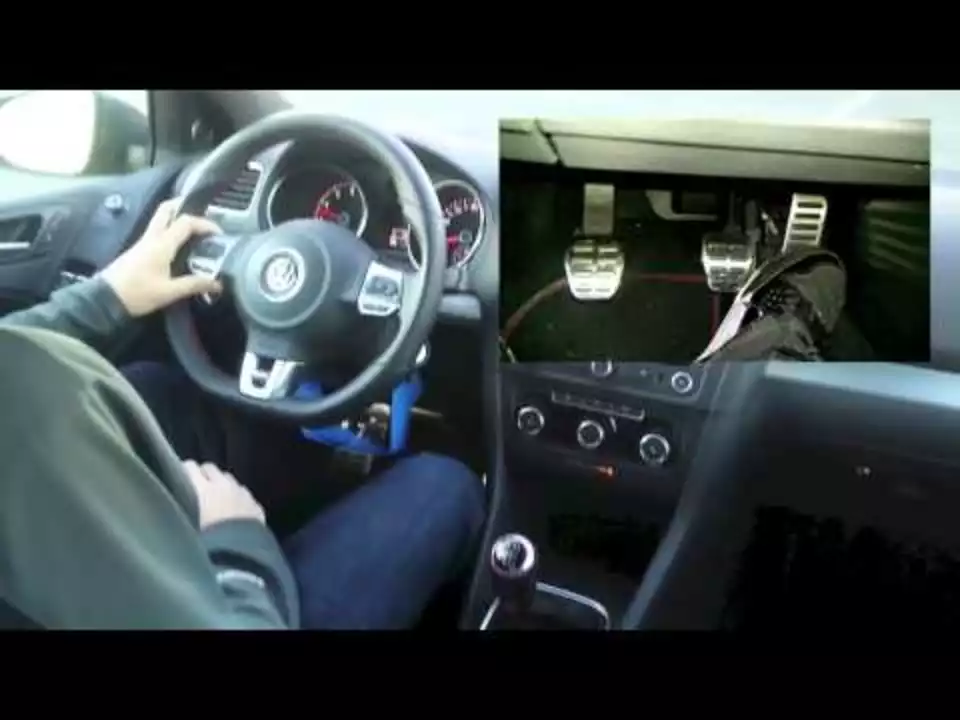As a car enthusiast, I've often wondered if manual transmission cars are better for racing. After researching, I've found that manual transmissions allow drivers to have more control over their vehicle, which can lead to better performance on the track. Additionally, manual cars tend to be lighter and more responsive, giving racers an edge in competitive scenarios. However, advancements in automatic transmission technology have closed the gap, making it more of a personal preference than a definitive advantage. Ultimately, the choice between manual and automatic transmission for racing comes down to a driver's skill and comfort level behind the wheel.
Driving Experience – What Every UK Racing Fan Should Know
Ever wonder how pros feel when they push a car or bike to its limits? On this page we pull together the best bits from our community – from handling heat in an engine to the quirky counter‑steering tricks MotoGP riders use. It’s all about giving you a taste of the real driving experience without the expensive track fees.
Heat Management – Keep Cool When Things Get Hot
Heat is a silent enemy on any circuit. Engines need warmth to hit peak power, but too much heat can cause a nasty failure. Our readers say a well‑tuned cooling system, proper coolant mix, and regular radiator checks are the cheapest way to avoid a burnout. Simple habits like shading the car in the garage and monitoring temperature gauges can make the difference between a finish line and a fire truck.
Rider Techniques – Why MotoGP Riders Don’t Just Turn the Handlebars
Most newbies think riders just twist the handles. In reality, the pros use counter‑steering – push the bar opposite to the turn, shift body weight, and let the bike lean. This combo lets them hug corners at insane speeds while staying stable. If you’re trying this on a track day, start slow, feel the bike’s response, and only increase the angle once you’re comfortable.
Feeling the car’s grip is another big part of the driving experience. When you brake, aim for a smooth pressure increase rather than a hard slam. This lets the tires maintain contact and shortens stopping distance. Our community’s favorite tip is the “two‑second rule”: pick a point on the track, count two seconds while braking, then hit the accelerator. It builds muscle memory and reduces surprise over‑steer.
Ever tried a “track day diary”? Write down lap times, weather, and how the car felt each run. Over a few sessions you’ll spot patterns – maybe the car handles better at 15 °C or the front tires wear faster after the third lap. This simple habit turns vague feelings into concrete data you can act on.
For those who love the roar of a V8, we’ve got a quick guide to listening for engine clues. A high‑pitched squeal often means the belt’s slipping, while a deep knock can signal detonation. If you hear either, pull over safely and check basics before the problem escalates.
Driving isn’t just about the machine; it’s also about mindset. Before each run, take a deep breath, visualise the perfect line, and drop any distractions. Many top drivers say this mental reset cuts mistakes by half. Try it on your next outing and notice the difference.
Finally, remember that every track is a learning playground. Whether it’s a local kart circuit or a professional road course, the same principles apply: respect the limits, stay aware of heat, master the steering technique, and keep a notebook. By treating each session as a chance to improve, you’ll feel the driving experience getting richer every time you hit the asphalt.
